
The Fokker S.13 Universal Trainer was a dual engine propeller aircraft for training purposes designed and manufactured by the former Dutch aircraft manufacturer Fokker.

The Air Tractor AT-400 is a family of agricultural aircraft that first flew in the United States on September 1979. Type certification was awarded to Air Tractor in April 1980. Of low-wing monoplane taildragger configuration, they carry a chemical hopper between the engine firewall and the cockpit.

The Bellanca 31-40 Senior Pacemaker and its derivatives were a family of a six- and eight-seat utility aircraft built in the United States in the late 1930s. They were the final revision of the original late 1920s Wright-Bellanca WB-2 design. The model numbers used by Bellanca in this period reflected the wing area and engine horsepower, each divided by ten. Like their predecessors, these were high-wing braced monoplanes with conventional tailwheel undercarriage.
The Breda-Pittoni B.P.471 was an Italian twin-engine airliner/military transport produced by Breda.
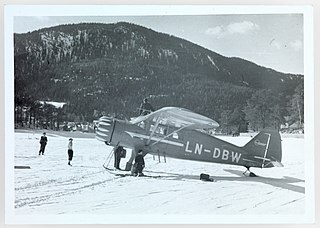
The Widerøe C.5 Polar, sometimes known as the Honningstad C.5 Polar, was a Norwegian general-purpose land or floatplane built by Widerøes Flyveselskap.

The Fiat G.12 was an Italian transport aircraft of World War II.

The Piaggio P.150 was a 1950s Italian two-seat trainer designed and built by Piaggio to meet an Italian Air Force requirement to replace the North American T-6.
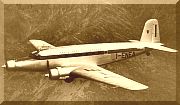
The Fiat G.212 was an Italian three-engine airliner of the 1940s. An enlarged development of Fiat's earlier G.12 transport, it was used in small numbers in commercial service and by the Italian Air Force.
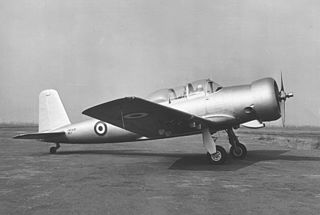
The Fiat G.49 was an Italian two-seat basic trainer designed by Giuseppe Gabrielli and built by Fiat.
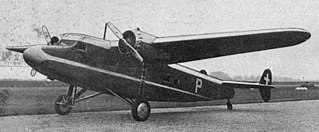
The Koolhoven F.K.50 was a 1930s Dutch eight-passenger light transport monoplane designed and built by Koolhoven.
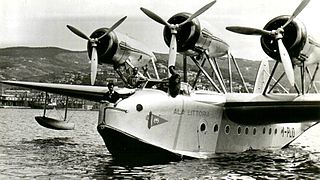
The Macchi M.C.100 was an Italian commercial flying boat designed and built by Macchi.

The SIAI-Marchetti SM.102 was a 1940s Italian light transport cabin monoplane designed and built by SIAI-Marchetti.
The SIAI-Marchetti SM.101 was a 1940s Italian single-engined light transport cabin monoplane designed and built by SIAI-Marchetti.

The Macchi MB.308, later Aermacchi MB-308, was a light aircraft produced in Italy in the late 1940s.

The Boeing AT-15 was an American twin-engined bomber crew trainer designed and built by Boeing's Wichita Division. Only two prototypes, designated XAT-15, were built. Plans to build over 1,000 were cancelled on the United States' entry into the Second World War.

The Macchi MB.320 was an Italian cabin monoplane designed and built by Macchi. Only a small number were built.

The Bach Air Yacht was a trimotor airliner produced in the United States in the 1920s. Typical of its day, it was a high-wing braced monoplane, with fixed tailwheel undercarriage. Unusual for airliners of the late 1920s, the Air Yachts were constructed almost entirely of wood with steel fittings, undercarriage, and struts. Different models were powered by varying combinations of Wright, Ryan-Siemens, Kinner, Comet, and Pratt & Whitney engines, a large engine in the nose of the aircraft, and two smaller "helpers" under the wings in nacelles supported by struts. As with so many aircraft companies of the late 1920s, the Bach Aircraft Company succumbed to the Great Depression, thus further development of the Air Yacht was abandoned after the 3-CT-9.

The Spartan C4 was an American four-seat cabin monoplane designed and built by the Spartan Aircraft Company.

The Breda Ba.32 was an Italian airliner prototype designed and built by the Breda company.
The Waco D Series was a series of military biplanes created between 1934 and 1937 by the Waco Aircraft Company for export to countries other than the United States. The three letter designation indicated the engine, airframe, and series. Armed versions had a -A suffix.

















